Parts of the plant being processed: resin of the Cistus Ladaniferus plant; Types of raw materials obtained: essential oil (including from leaves and bark, not used in perfumery), absolute, resinoid; Methods of production: distillation, extraction; Olfactory group: balsamic; subgroup: amber; Position in the olfactory pyramid: medium and the base note. Frankincense, along with other resins and balms, is one of the first perfume components. So, in some sources you can find a mention of cistus, which was part of the ancient Egyptian perfume (incense) Kuffi (Kiffi). And although it is not as bright as, for example, frankincense, modern perfumery rarely does without it. Due to its amber, balsamic, sweetly woody aroma, frankincense is considered as a natural source of amber. Moreover, the amber chord itself is impossible without labdanum, just as chypre (bergamot-frankincense-oak moss) and fougere (lavender-coumarin-frankincense) classical designs are unthinkable. In addition to the oriental family, the labdanum note is used in citrus colognes, where it provides a soft balsamic sweetness, in floral aromas to enhance the density and narcotic properties of ylang, lily, rose, tuberose, etc., as well as in a variety of woody and tobacco aromas.

0%

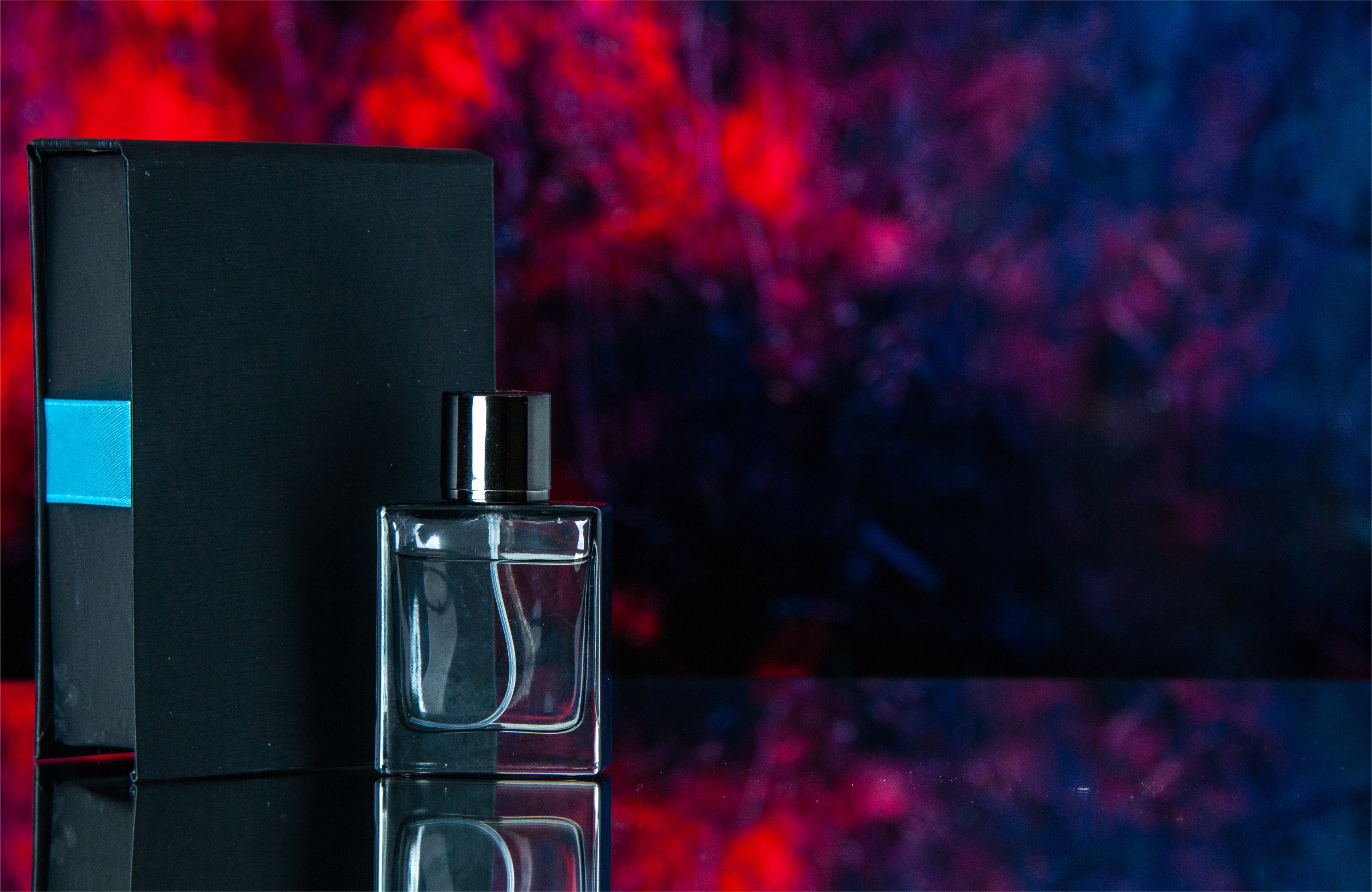
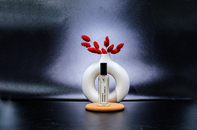
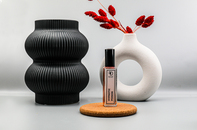
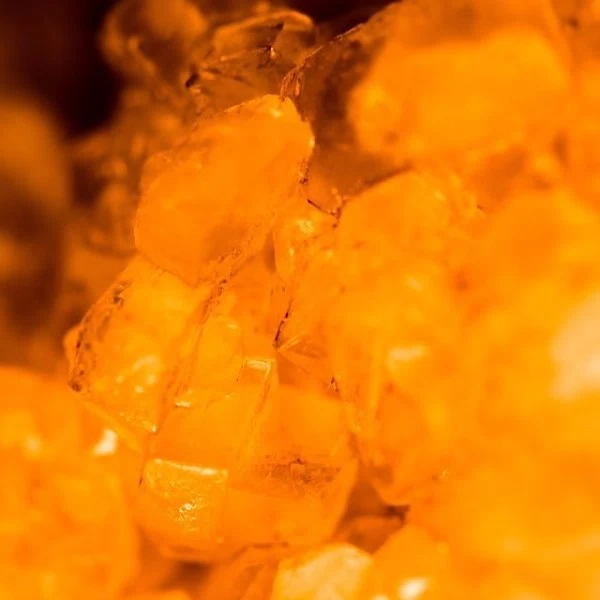
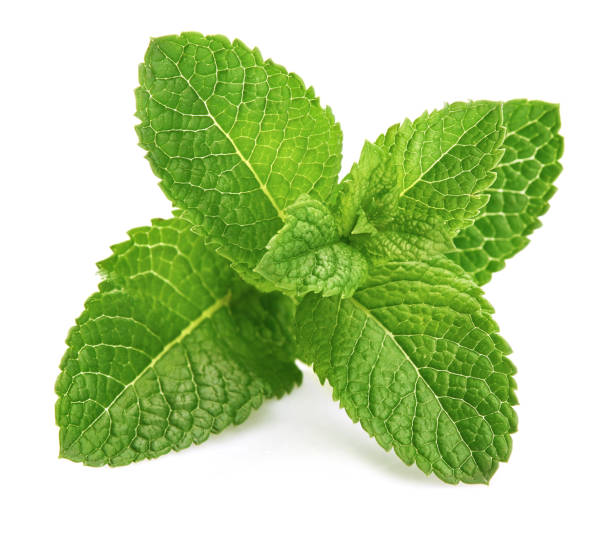
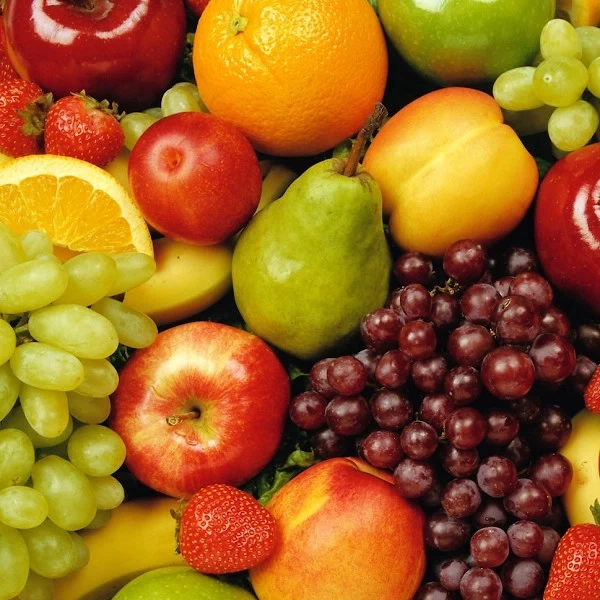
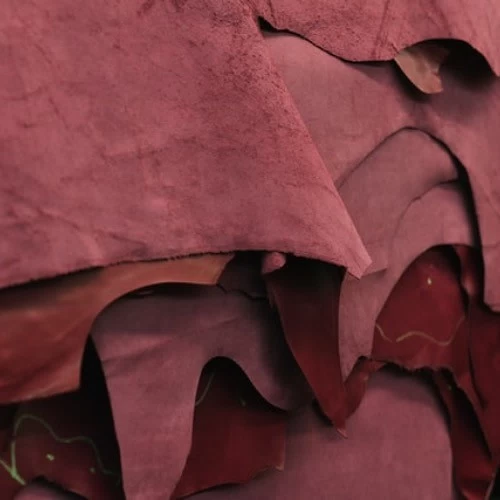
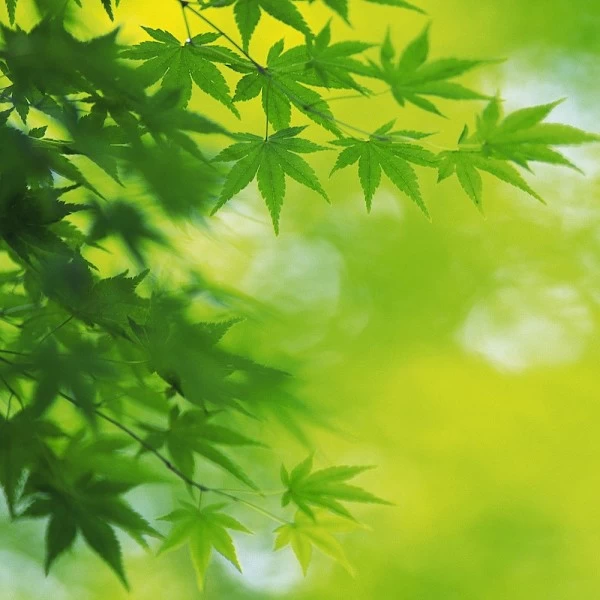
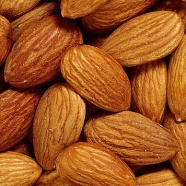
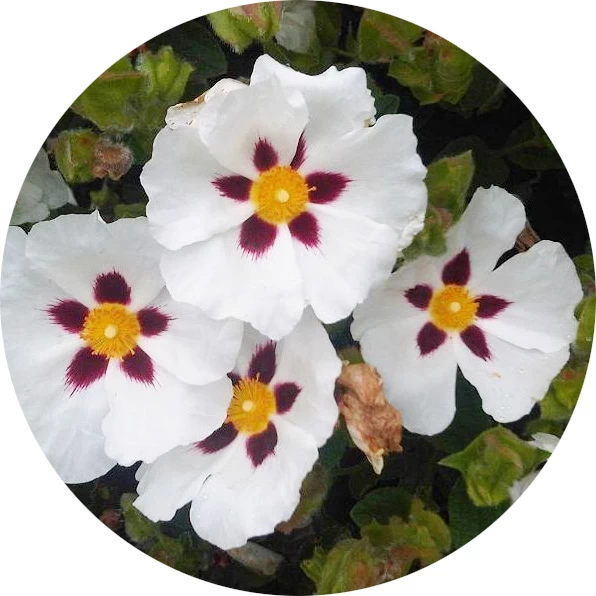
.svg)
